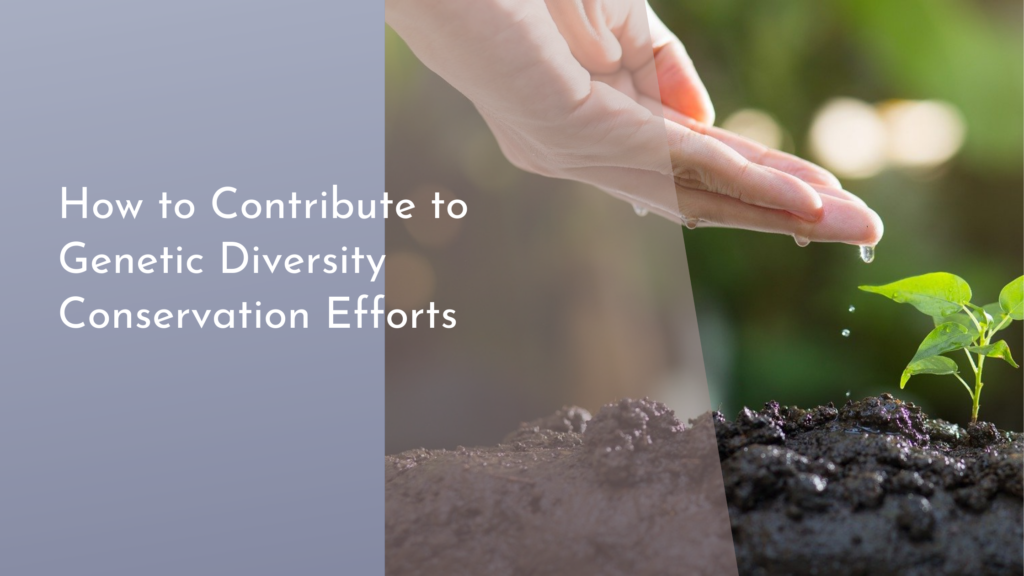Restoring Urban Bluffs for Native Bee Nesting Sites
Urban bluffs, often overlooked in city planning, can play a pivotal role in supporting native bee populations. These elevated areas not only provide stunning views but also serve as crucial habitats for various species of bees that are essential for pollination and biodiversity. As urbanization continues to expand, restoring these bluffs can create inviting spaces for native bees to thrive, ensuring that they can continue their vital role in our ecosystems. This article explores the importance of urban bluffs, the needs of native bees, practical steps for restoration, and how you can celebrate the positive impact of your efforts.
The Importance of Urban Bluffs for Native Bees’ Habitat
Urban bluffs are unique ecosystems that can offer a variety of habitats for native bees. Their elevation provides a diverse range of microclimates and floral resources, which are essential for bees to forage and nest. These areas often contain sandy soils, perfect for ground-nesting bees, while also supporting a variety of flowering plants that provide nectar and pollen. By restoring urban bluffs, we can enhance the availability of these resources, creating a more supportive environment for our buzzing friends.
Moreover, urban bluffs can act as critical corridors connecting fragmented habitats in urban settings. This connectivity is vital for bee populations, allowing them to migrate and find new nesting sites and food sources. By maintaining and restoring these bluffs, we can help ensure the survival of native bee species, which in turn supports local agriculture and ecosystems. The health of our urban landscapes is intricately tied to the well-being of these pollinators, making the restoration of urban bluffs a priority for biodiversity conservation.
Understanding the Needs of Native Bees in Urban Areas
Native bees have specific requirements when it comes to nesting and foraging. Unlike honeybees, many native species are solitary and prefer to nest in the ground or in pre-existing cavities. Urban areas can pose challenges for these bees, as concrete and asphalt dominate the landscape, leaving little room for natural nesting sites. Understanding these needs is crucial for creating effective restoration strategies that will encourage native bees to take up residence in urban bluffs.
Additionally, native bees rely heavily on a diverse range of flowering plants throughout the growing season. Urban bluffs can be transformed into vibrant gardens filled with native flora that blooms at different times, providing a continuous food source for bees. Incorporating a variety of plants not only helps meet the foraging needs of bees but also enhances the aesthetic value of the urban landscape. By prioritizing the planting of native species that are well-suited to the local climate, we can create a flourishing habitat that supports the diverse needs of native bees.
Steps to Restore Urban Bluffs for Bee Nesting Success
Restoring urban bluffs for native bees begins with assessing the current state of the area. This involves identifying existing plant species, soil type, and potential nesting sites. Once you have a clear understanding of the environment, you can begin by removing invasive species that compete with native plants. This step is crucial, as invasive plants can quickly take over and diminish the resources available for native bees.
After clearing invasive species, the next step is to plant a diverse array of native flowering plants that bloom at different times throughout the year. Consider including plants such as coneflowers, bee balm, and asters, which are known to attract bees. Additionally, creating bare patches of soil or incorporating sand into the landscape can provide suitable nesting sites for ground-nesting bees. Finally, installing bee hotels or leaving dead wood can offer additional nesting opportunities. By following these steps, urban bluffs can be transformed into thriving habitats that support native bee populations.
Celebrate Your Impact: Enjoying Bees in Your Community!
Once the restoration efforts are underway, it’s time to celebrate the positive impact you’ve made on your community and the local ecosystem! Organizing community events such as guided nature walks, educational workshops, or bee-themed festivals can raise awareness about the importance of native bees and their habitats. These gatherings not only foster a sense of community but also encourage others to get involved in conservation efforts.
Additionally, creating bee-friendly spaces in your own yard or neighborhood can further enhance the habitat for these pollinators. By planting native flowers, providing nesting sites, and minimizing pesticide use, you can contribute to the well-being of native bees right in your own backyard. Observing these industrious creatures as they flit from flower to flower is a delightful reminder of the importance of biodiversity and the role we can all play in supporting it. So, let’s get buzzing and celebrate the incredible impact we can have on our urban environments!
Restoring urban bluffs for native bee nesting sites is not just an ecological endeavor; it’s a joyful journey that connects us with nature and our communities. By understanding the needs of native bees and taking actionable steps to create supportive habitats, we can foster a thriving ecosystem right in the heart of our cities. As we celebrate the beauty and importance of these pollinators, we also cultivate a deeper appreciation for the intricate web of life that sustains us all. Let’s keep the momentum going and continue to create buzzing havens for our native bees!

